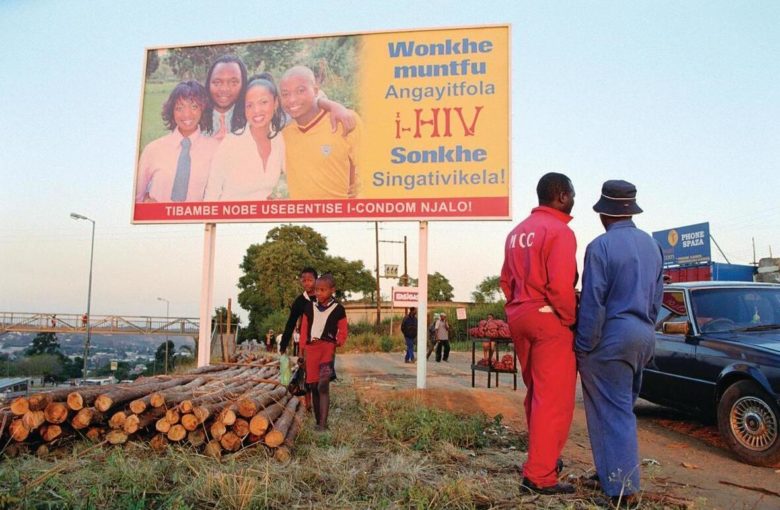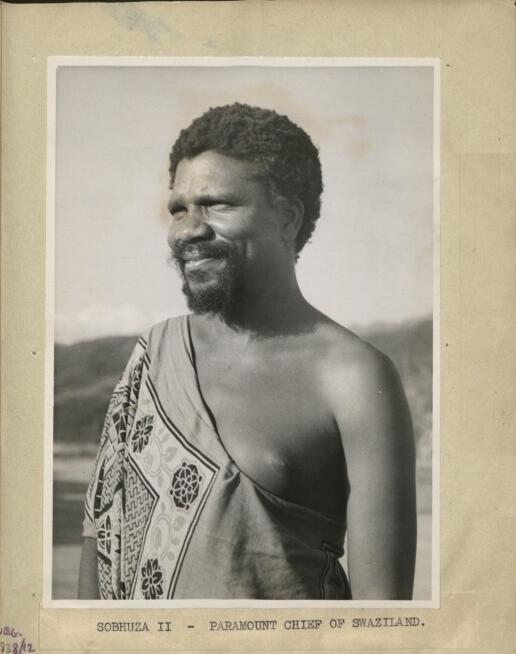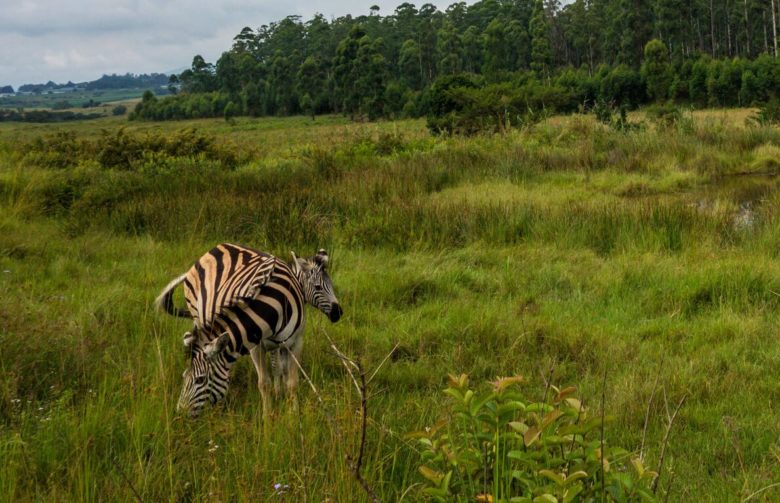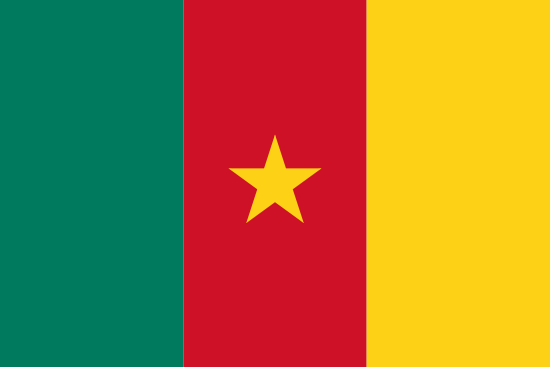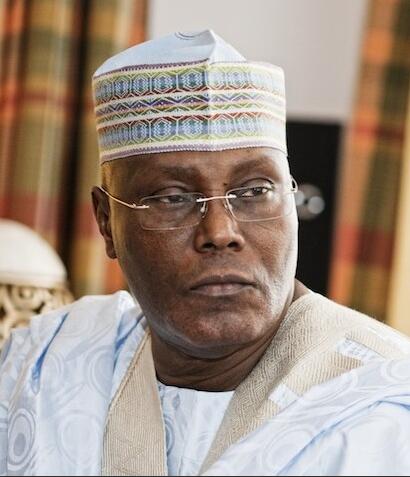Swaziland
Swaziland, from 2018 officially eSwatini, is a monarchy in southeastern Africa. Swaziland is the region’s smallest state and borders South Africa in the north, west and south, and Mozambique in the east. The capital is Mbabane. The country is bound to South Africa through a customs and currency union.
Swaziland became a protectorate in the Transvaal Boer Republic in 1894, but after the Boer War in 1899-1902 Swaziland came under British control. Swaziland became an independent kingdom with its own constitution in 1968, and autocratic monarchy from 1973. Swaziland is today one of the last monarchies in the world where the king has absolute power.
The name is after Swazi, the country’s dominant group of people. Swaziland’s national anthem is Nkulunkulu Mnikati wetibusiso themed Swati.
Geography and environment
Swaziland is a small country (17,363 square kilometers) with a varied and lush landscape, rich in natural resources. The country is on the slope of the South African high plateau, with the highest terrain in the west and the lowest in the east. The capital and largest city is Mbabane, with 95,000 inhabitants. The Lebombo mountains of southern Africa extend through South Africa, Mozambique and Swaziland. The climate varies from tropical to temperate.
People and society
Unlike other African countries, Swaziland has a relatively homogeneous population; the ethnic majority is Swazi. Descendants of Europeans (whites) make up 3 percent. Official languages are Swazi and English.
About 40 percent of the population are Christian Zionists (a mixture of Christianity and local people) and 20 percent are Roman Catholic. Among the rest of the population there are Anglican Christians, Methodists and Mormons, but also Muslims, Baha’is and Jews.
Over the past two decades, HIV / AIDS has become a common disease in Swaziland, which today is the country in the world where the largest proportion of the population is HIV-infected (30 percent). Life expectancy is therefore low; 49 years for women and 50 for men. Polygamy is widespread among the wealthy, not least in the royal family.
The class differences in Swaziland are great. 69 percent of the population is unable to meet basic food needs, while 43 percent are living in chronic poverty.
State and politics
Since King Sobhuza II (king from 1899 to 1982) rejected the constitution and declared himself unanimous in 1973, the political situation has been characterized by a split between the king’s power and critics of it.
Swaziland is one of the last absolute monarchies in the world, and Africa’s only. The king is the head of state, with legislative and judicial power. King Mswati III governs the country by decree through modern state entities, but party political activity is not allowed. The prime minister is the head of the government and in practice exercises the executive power. The king appoints 10 of the 65 members of parliament, including the prime minister, and can veto passed laws in the legislative assembly.
Swaziland is a member of the UN and most of the UN’s special organizations, including the World Bank, among others by the World Trade Organization, the Commonwealth, the African Union, the SADC and the Cotonou Agreement (formerly the Lomé Convention ).
History
Swazis established themselves in today’s Swaziland in the early 19th century, following attacks by Zulus in Mozambique. During the 19th century, Europeans entered the area to seek licenses, and in 1894 Swaziland became a protectorate under the Transvaal. Limited self-government was not granted until 1963, and four years later Swaziland became an independent kingdom with a new constitution. On September 6, 1968, Swaziland achieved full independence but retained membership in the British Commonwealth.
In 1973, King Sobhuza II abolished the constitution in 1978 to enact a new constitution, which concentrated all power around the king. After King Sobhuza’s death in 1982, one of his 210 children, Prince Makhosetive Dlamini, was elected as his successor and crowned as King Mswati III in 1986.
The population of Swaziland is severely affected by the HIV / AIDS epidemic. Posters of this type are one of the tools used to inform how to protect themselves from infection.
Economy and business
Swaziland’s economy is mainly agricultural-based. About 60 per cent of agriculture is run as household agriculture, while sugar cane is the most important export commodity. Other export products include cartilage concentrates, cotton textiles, wood pulp and consumables, and coal mining and mineral resources such as asbestos, gold and diamonds are also an important part of the industry. The country has several nature reserves, and tourism is under development.
Swaziland’s economy is closely linked to South Africa’s, and much of the state’s revenue consists of revenue from the South African Customs Union. The currency, lilangeni (abbreviated SZL), is linked to the South African rand, and inflation in the country is therefore strongly influenced by prices in the neighboring country. South African Rand (ZAR) is also in use, and the exchange rate between SZL and SAR is 1: 1.
Sobhuza 2 (1899–1982) assumed the throne in 1921 and was ruled until his death in 1982. He played a crucial role in the process that led to Swaziland’s independence in 1968.
Knowledge and culture
One of the main priorities for the country’s independence in 1968 was to expand the school system. Over the next 20 years, great resources were made available to all levels of education, and the government worked systematically to ensure primary education for all in 1985. However, due to economic constraints, the AIDS epidemic and poverty, it has been difficult to maintain the UN’s educational requirements. About 12 percent of the adult population is illiterate.
Geography of Swaziland
Swaziland is located on the slope of the South African high plateau and has several north-south-going altitude zones: At the far west is Highveld (1100-1800 meters) with Emlem Mountain (1862 meters), the country’s highest mountain; further east lies the Middleveld transition zone (350-1000 meters) and the lower Lowveld (300-150 meters). The Lubombo Plateau, towards the border with Mozambique, reaches up to 825 meters above sea level. The bedrock consists mostly of volcanic rocks. The most important rivers are Komati, Usutu, Mbuluzi and Ngwavuma, all flowing in an easterly direction, across the altitude zones, through deep gorges. The rivers are used for artificial irrigation and power generation.
Climate
The mountains cause great differences in temperature and rainfall. The climate is temperate, partly subtropical, with average temperatures 20-25 ° C in January-February, 10-15 ° C in July, sometimes with frost in the mountain regions. The rainfall has summer maximum (November-March). The annual rainfall is around 500-600 mm in lower coats, 1000-2250 mm in higher coats.
Plant and wildlife in Swaziland
The vegetation is subtropical forest and savanna. More than 2600 species of ferns and higher plants have been recorded. Aloe species, Gladiolus, Begonia, monk cap and orchid species, besides many species in the heather family, especially in the genus Erica.
Many of the large mammals have disappeared or decreased in numbers due to hunting and farming. Just under 50 species remain, including zebra, stripe willow and some smaller antelopes. Lion and a southern subspecies of savanna baboon, the black-footed baboon, are rare. Hippos and crocodiles are found in some rivers. Bird life is rich, with more than 550 species observed. The 50 birds of prey include river, jungle and rock eagles, climbing and hawks, black kite, perch and walking falcon. Other distinctive families include herons, storks, ibises, cuckoos, icebergs, beetles, hornbills and weavers. The reptile fauna comprises more than 100 species.

